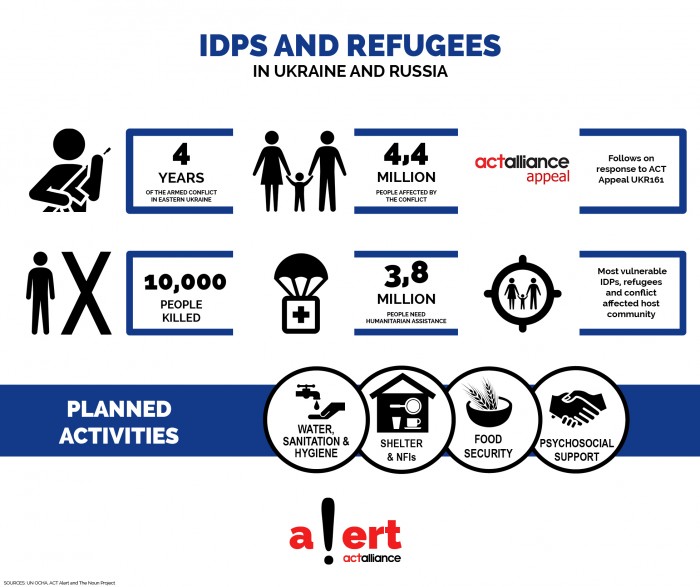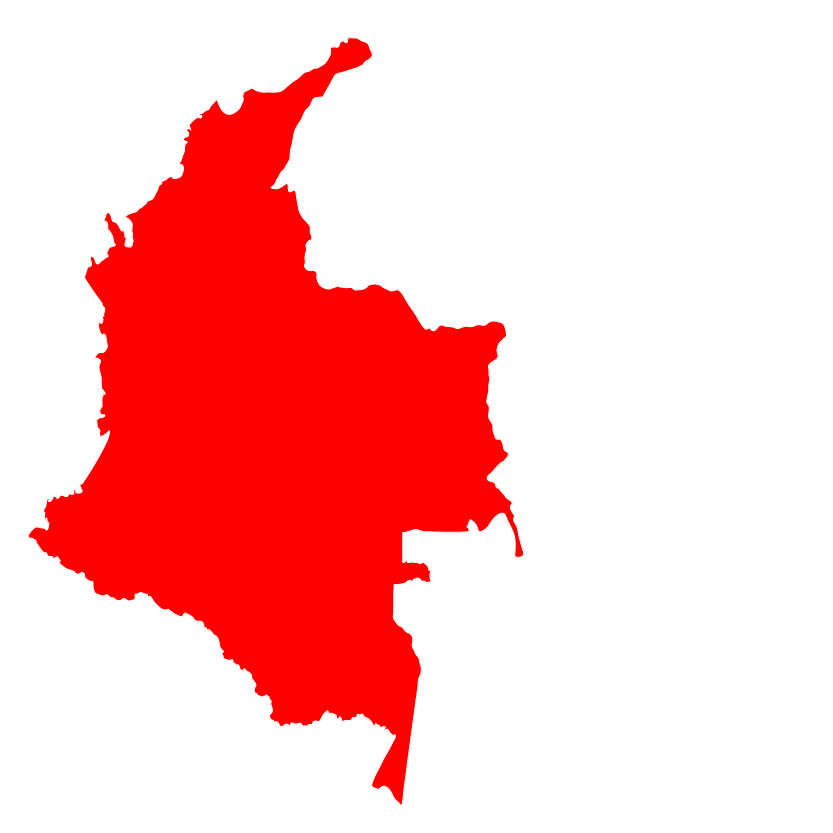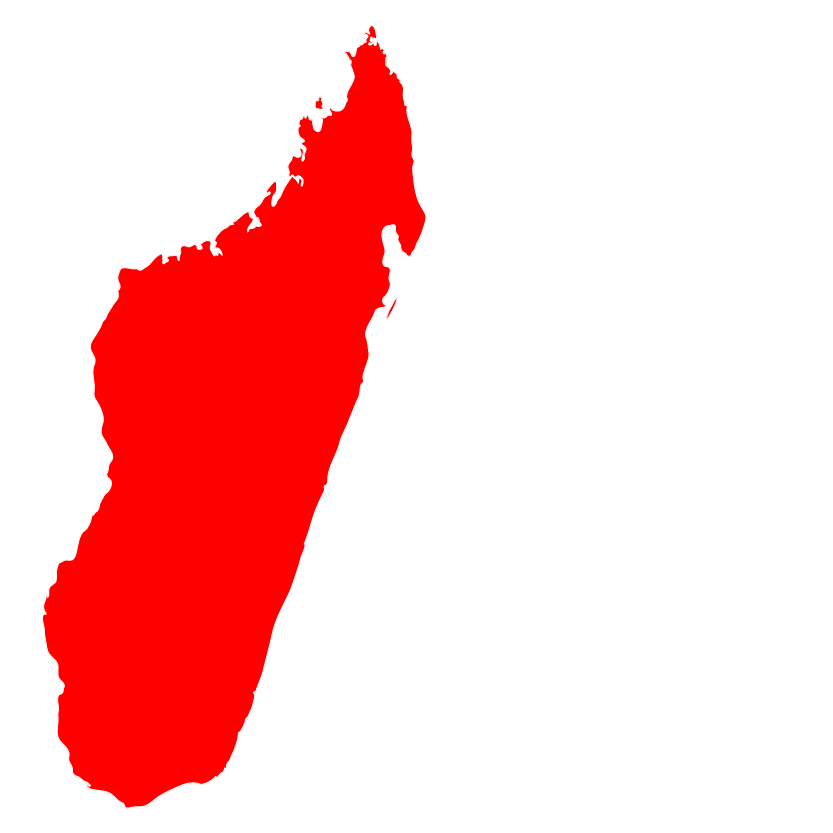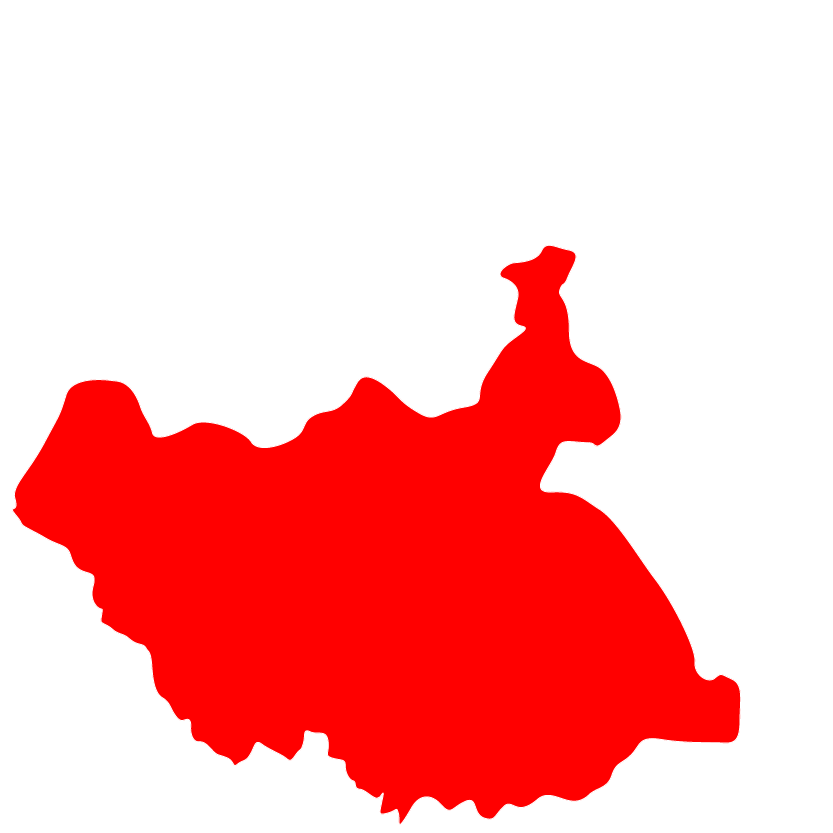Philippines: Crisis in Marawi City

On 23rd May 2017, nearly 50 gunmen from the Maute Group, supporters of ISIS (the Islamic State of Iraq and Syria), entered Marawi City, in Southern Philippines. The government launched a military and law enforcement operation in Marawi City and the President of the Philippines later put the whole island of Mindanao under martial law up to a maximum of 60 days. This escalated to a deadly firefight between government troops and combined forces of Islamic extremists. After nearly two weeks of urban warfare now, a number of affected population were forced to flee and seek refuge to nearby towns and provinces such as Iligan City, Lanao del Norte and Cagayan de Oro. According to a report of the UN Office for the Coordination of Humanitarian Affairs (UNOCHA), on 1st June 2017, over 100,000 [1] people or half of the total population of Marawi are displaced (86% staying outside evacuation centres or with relatives and friends) and the number of displaced people is continually increasing. In addition, the deaths of soldiers take the number of security force members killed to 39, with 19 civilians and 120 rebel fighters killed in the Marawi battles[2].
[1] http://reliefweb.int/sites/reliefweb.int/files/resources/ocha_phl_siege_of_marawi_1_june_2017.pdf
[2] https://www.reuters.com/article/us-philippines-militants-idUSKBN18S3QE
Alerts_17_2017_Marawi_Crisis_Philippines
Sri Lanka: Floods and Landslides

Incessant monsoon heavy rains (as high as 553 mm) for the last days have caused floods and landslides in many parts of Sri Lanka (15 districts). As of 29th May 2017 at 7.00 hrs (Local time), 164 people are reported dead, while 104 are missing; so far, over 471,542 people are affected. Further, 75,236 people were located at 336 safe locations[1]. Most number of damages to lives and property are reported in Southern and Western part of the country: from Galle, Matara, Kalutara, Gampaha, Colombo and Ratnapura districts. Hill country areas are particularly affected by landslides.
[1] As per the situation report issued by DMC on 29-05-2017 at 7.00 hrs: http://www.dmc.gov.lk/index_english.htm
Alerts_16_2017_Sri_Lanka_Floods_and_Landslides
Ukraine and Russia: IDPs and Refugees

Since the beginning of the armed conflict in Eastern Ukraine in 2014, nearly 10’000 people have been killed and another 22’420 have been wounded (as of February 2017). The conflict is in its fourth year and constitutes a protracted crisis. Thousands of people left their homes in Ukraine. From Donetsk and Lugansk regions, hundreds of thousands IDPs and refugees fled to the neighbouring regions of Ukraine and Russia as well as to other countries. The number of displaced people continues to increase. By 25th April 2017, 1’583’827 IDPs in Ukraine had been registered and 3.8 million people are in need of some form of humanitarian assistance. As of March 2017, the total number of Ukrainians seeking asylum in neighbouring countries now stands at 434,284 with the majority going to the Russian Federation, Poland and Belarus. An additional 1.3 million is also seeking other forms of legal stay in these same countries. As of the end of 2016, countries of the European Union received 9’625 applications for international protection. Meanwhile, the position of the civilian population in the Non-Government Controlled Areas remains extremely difficult. Much of the population of these regions have difficulty in accessing basic needs like food, hygiene, clean and safe drinking water, medicines, medical services and other basic services.
ACT members HIA and ROC/DECR plan activities in the sectors of Food Security, WASH, Psychosocial Support as well as Shelter & Non-Food Items in Ukraine and Russia, targeting the most vulnerable IDPs, refugees and conflict affected host community. While HIA will cover both Government Controlled Areas and NGCA in Ukraine, ROC/DECR target regions will be the NGCA in Ukraine and Russia. The follow-on ACT Appeal will start 1stJune 2017 and end 31st May 2018 with a total of project duration of 12 months.
Alerts_15_2017_IDPS_Refugees_UKraine_Russia

Angola: DRC Refugee Influx crisis in Lunda Norte

Ongoing armed conflicts between the DRC government forces and the Kamuena Nsapu militia faction in Lunda Norte Province have triggered large displacements. As of the 13th of April, it was reported that a total of 11,051 refugees had arrived from the DRC and were settling in two camps. These numbers continue to rise as it is estimated that there is an additional 300-400 refugees arriving each day. The government of Angola has to date not declared an emergency, as the governments of Angola and DRC are analysing the situation and hope voluntary repatriation to DRC will be possible within one month or so. In the meantime, the situation in the camps is dire as the access to basic services is very limited. The situation is further compounded by the fact that the camps are over-crowded causing a lack of shelter, food & NFIs, and poor sanitation.
ACT is planning to respond to the refugee influx crisis in the affected areas, leveraging their technical expertise in humanitarian response and long-term community livelihoods development programming. The Council of Christian Churches in Angola, CICA and their church members will be integral part as implementing partners. Christian Aid and Bread for the World – ACT Angola forum non-resident members – will play a support and advocacy role at global level.
Alerts_14_2017 DRC Refugee Influx Crisis in Lunda Norte
Palestine: Gaza and West Bank Crises

The impact of the ten-year long blockade on Gaza has been exacerbated by the almost continuous closure by Egypt of the Rafah passenger crossing point since October 2014, confining the vast majority of the 2 million Palestinians to Gaza. No major new displacement was recorded in Gaza during 2017, but an estimated 95,000 internally displace people -IDPs – (the majority United Nations Relief and Works Agency – UNRWA registered refugees) remain homeless as a result of the 2014 hostilities of whom 78,000 continue to need temporary support. (Gaza Situation Report 2016).
Alerts_04_2017_Response to IDPs in OPT_PSE171
Colombia: Floods and Mudslides in Mocoa

Three main rivers overflowed due to the heavy rains, which was the cause of the massive slide of mud, rocks and water in the municipality of Mocoa in the southern part of Colombia. Meteorological reports indicate that on the night of the slide (31st March) the amount of rainfall was equal to 30 per cent of the monthly average for the zone. As rescue operations continue, it is feared that the toll of people affected will rise. So far 254 people have died and 220 are missing. Five educational institutions are damaged and 25 houses are destroyed. A morgue has been setup outside of the city of Mocoa. Authorities have set up three temporary shelters that are housing about 1,760 people. Seventeen neighbourhoods in the city of Mocoa have been affected, which has a population of 45,000 inhabitants. Water and electrical services are limited in the city and surrounding areas. The hospital network has also collapsed.
Alerts_12_2017_Floods_and_Mudslides_in_Mocoa_Colombia
Peru: Floods and Mudslides

Intense rains have caused severe flooding and landslides in 24 of Peru’s 25 regions. More than 800 cities in 12 regions have been declared in a state of emergency. It is the worst flooding in two decades, and more storms are expected. According to the National Emergency Operations Center, 99,475 Peruvians had lost everything since the beginning of the year, while 626,928 had suffered less serious damage to their homes. The Amazon River is almost at flooding point. Water levels are expected to rise in the coming days leading to possible flooding in Maynas province, in the Loreto region.
The ACT Alliance Peru forum members are planning to respond. The key response sectors are WASH, NFIs, Shelter & Psychosocial Support.
Alerts_11_2017_floods_and_mudslides_in_Peru
Madagascar: Tropical Cyclone Enawo

On 3 March 2017, Tropical storm Enawo formed in the southern Indian Ocean. The cyclone hit landfall in Madagascar on 7 March at around 10:30 am local time. Enawo is currently equivalent to a Category 4 hurricane and is a dangerous phenomenon representing a real threat to the inhabitants of the north-east coast of Madagascar. On March 8, Enawo weakened from an “intense” to a “moderate” tropical storm. The remnants of Intense Tropical Cyclone Enawo exited Madagascar on the morning of Friday 10 March 2017. The storm traversed nearly the length of the island over two days, affecting communities from north to south across Madagascar’s eastern and central regions(IFRC, 8 March 2017).
As at 12 March, the National Office for the Management of Risks and Crises (BNGRC) reported 295,950 people to have been affected by the cyclone, including 84,660 who remain displaced. The number of deaths due to the storm has risen to 50 with 20 people missing and 195 injured. The initial technical evaluation of the assessment conducted by the BNGRC and participating agencies suggests that humanitarian activities should be prioritized in Maroantsetra, where approximately 40 per cent of the population has been displaced by flooding; in Antalaha, where the cyclone made landfall and where significant damage due to high winds as well as the rain-fed rapid rise in water levels; and in the capital, Antananarivo, where 27,104 people have been displaced by flooding, flood waters have in the past proven to persist longer than in other areas. (Government/UNHCT, 12 March 2017).
ACT Madagascar Forum members, Eglise de Jésus-Christ à Madagascar – Dépt pour le Development (SAF/FJKM and Malagasy Lutheran Church (MLC) in collaboration with the National Office of the Risks and Disasters Management (BNGRC), is planning to respond to life-saving situation by providing Food distribution, NFIs, Potable Water and Cash Distribution to the affected populations through ACT Alliance Rapid Response Funds mechanism.
Alerts_03_2017_ Tropical Cyclone Enawo in Madagascar
South Sudan: Famine Crises

Across South Sudan, more than 3 million people have been forced to flee their homes and nearly 7.5 million people are in need of humanitarian assistance and protection (OCHA, Humanitarian Response Plan 2017) as a result of multiple and deepening crises, including conflict, inter-communal violence, economic decline, disease, and climatic shocks, which have led to displacement, distress, destitution and death.
Monday 20 February, 2017 marked the most historic declaration of famine in parts of South Sudan, affecting mostly Internally Displaced Persons (IDPs) who are dispersed and the host communities already affected by the on-going conflict. According to Integrated Phase Classification (IPC) phase 3 and above report of 2017, the number of people who are already food insecure are 4.9 million (42%), out of which 100,000 are facing famine conditions. The highest proportions of populations in Crisis, Emergency and Catastrophe are observed in Unity and Northern Bahr el Ghazal (61%) and people currently facing famine or risk of famine are in Leer, Mayendit, Koch and Panyijiar in former Unity state. Conflict and insecurity are the main drivers of this acute food insecurity compounded by the coming lean season and resulting in devastating effects on livelihoods and the nutrition situation. Acute malnutrition is also a major public health emergency in the country.
South Sudan ACT Forum members- Christian Aid, DCA, DKH, FCA, ICCO –Cooperation, LWF, MCC, NCA and PRDA are planning to respond jointly through an ACT Appeal. The key response sectors are Food Security, Nutrition, WASH, NFIs, Emergency Health, Protection & Psychosocial Support, seeds and tools. This intervention will be targeting at least 250,000 severely crisis affected population across South Sudan.
Alerts_09_2017_ Famine Crisis Response In South Sudan.

Somalia is in the grip of an intense drought, induced by up to four consecutive seasons of poor rainfall. In the worst affected areas, poor rainfall and lack of water has wiped out crops and killed livestock, while communities are being forced to sell their assets, and borrow food and money to survive. Since mid-2015, drought conditions have been expanding with impact worsening over time. The drought situation is compounded by protracted conflict which is causing displacements, seasonal climatic shocks as a result of most extreme El Niño phenomenon in 50 years, and disease outbreaks.
The latest food security and nutrition analysis from the FAO-managed Food Security and Nutrition Analysis Unit (FSNAU) and the Famine Early Warning Systems Network (FEWSNET) issued on 2 February 2017, reveals that the number of people in need of humanitarian assistance has increased from 5 million in September 2016 to 6.2 million between February 2017 and June 2017. That is more than half the population. The situation for children is especially grave. Some 363,000 acutely malnourished children are in need of critical nutrition support, including life-saving treatment for more than 71,000 severely malnourished children.
ACT Somalia Forum members through NCA, FCA, LWF, Diakonia Sweden and DKH plan to respond by providing Water, Sanitation and Hygiene facilities and services, Education(school-feeding programs), Health and Nutrition, Cash based interventions, Livestock interventions, as well as Early recovery and Livelihoods support to the affected populations in various Districts in Puntland and Somaliland states.
Alerts_08_2017_ Drought Emergency Response in Somalia.









